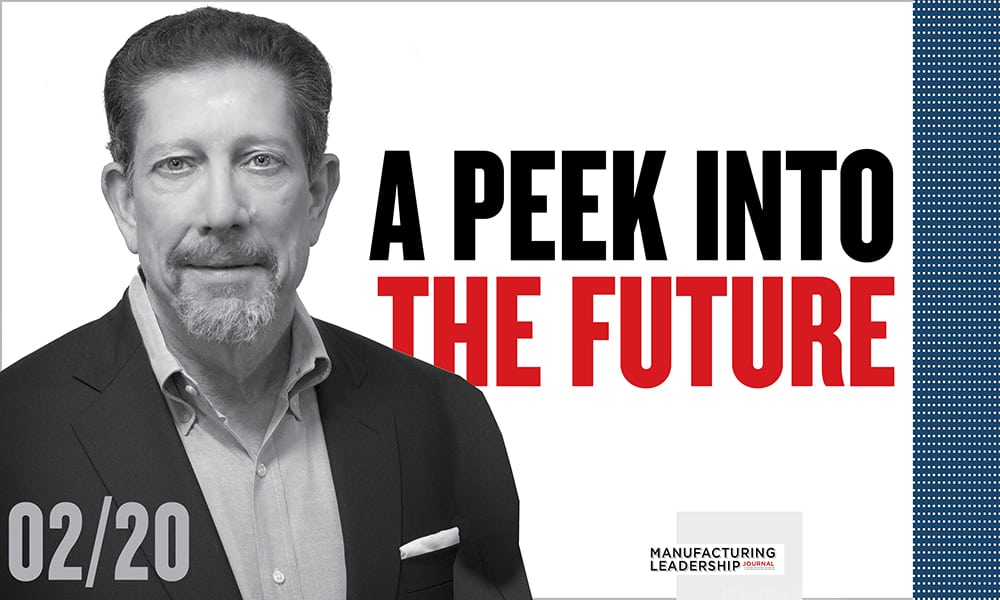 In January of 2012, the Manufacturing Leadership Council published its first study on the subject of future factories – what factory models and footprints might look like in the years ahead; how the shift to build-to-order, already in full swing at that time, would affect production strategies; and what manufacturers’ attitudes were about trends such as outsourcing.
In January of 2012, the Manufacturing Leadership Council published its first study on the subject of future factories – what factory models and footprints might look like in the years ahead; how the shift to build-to-order, already in full swing at that time, would affect production strategies; and what manufacturers’ attitudes were about trends such as outsourcing.
Looking back at these results today, and in light of our latest study on Factories of the Future, published in this issue, it is sobering to consider how many of the ideas we had eight years ago are still works in progress. For example, we anticipated back then that future factories would be able to reconfigure production lines “on a dime”, operate with real-time information spanning demand to service and support, and proactively make decisions about what to build, how to built it, and where to build it using advanced analytics.
We might congratulate ourselves for being in front of some of these trends. But others, such as outsourcing production outside the U.S., were decidedly off the mark. The 2012 study predicted a substantial increase in outsourcing, an approach clearly not in vogue today.
What I think we may have learned over the years is that while our vision of what new technologies can do to improve manufacturing is often remarkably prescient, it often takes much more time than we would like to bring things into effect. Revolutions often turn out to be more evolutionary than originally anticipated.
The results of our 2020 Factories of the Future study reflect this reality. In “A Sober View of Future Factories”, manufacturers report that, as they anticipate an accelerated adoption of new technologies over the next couple of years, they also envision that future factories and plants will be a mixture of the future and the past.
And in “Finally, Double-Digital I4.0 Impact at Scale”, a team from MLC member PTC tackles a digitization constraint that is at the heart of the vision/execution conundrum. To move beyond the pilot stage with I4.0 projects and achieve crucial scale, they argue, manufacturers must adopt a “financial-impact first approach” in their transformation strategies.
The 4.0 arc is long, but it bends toward success.
Write to me at [email protected] M